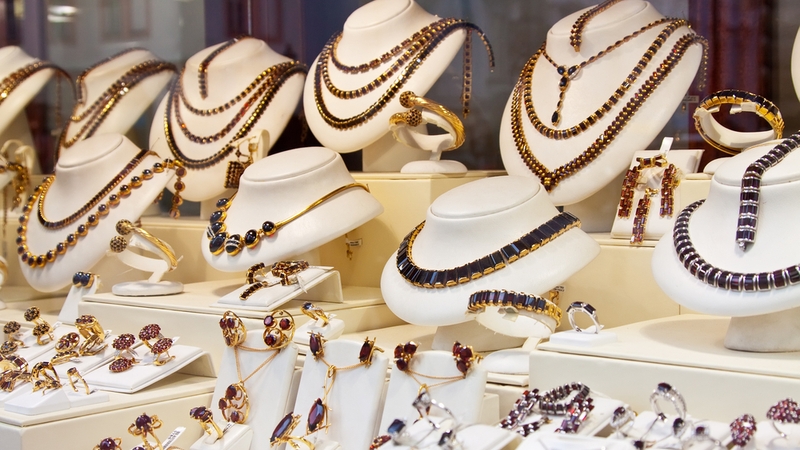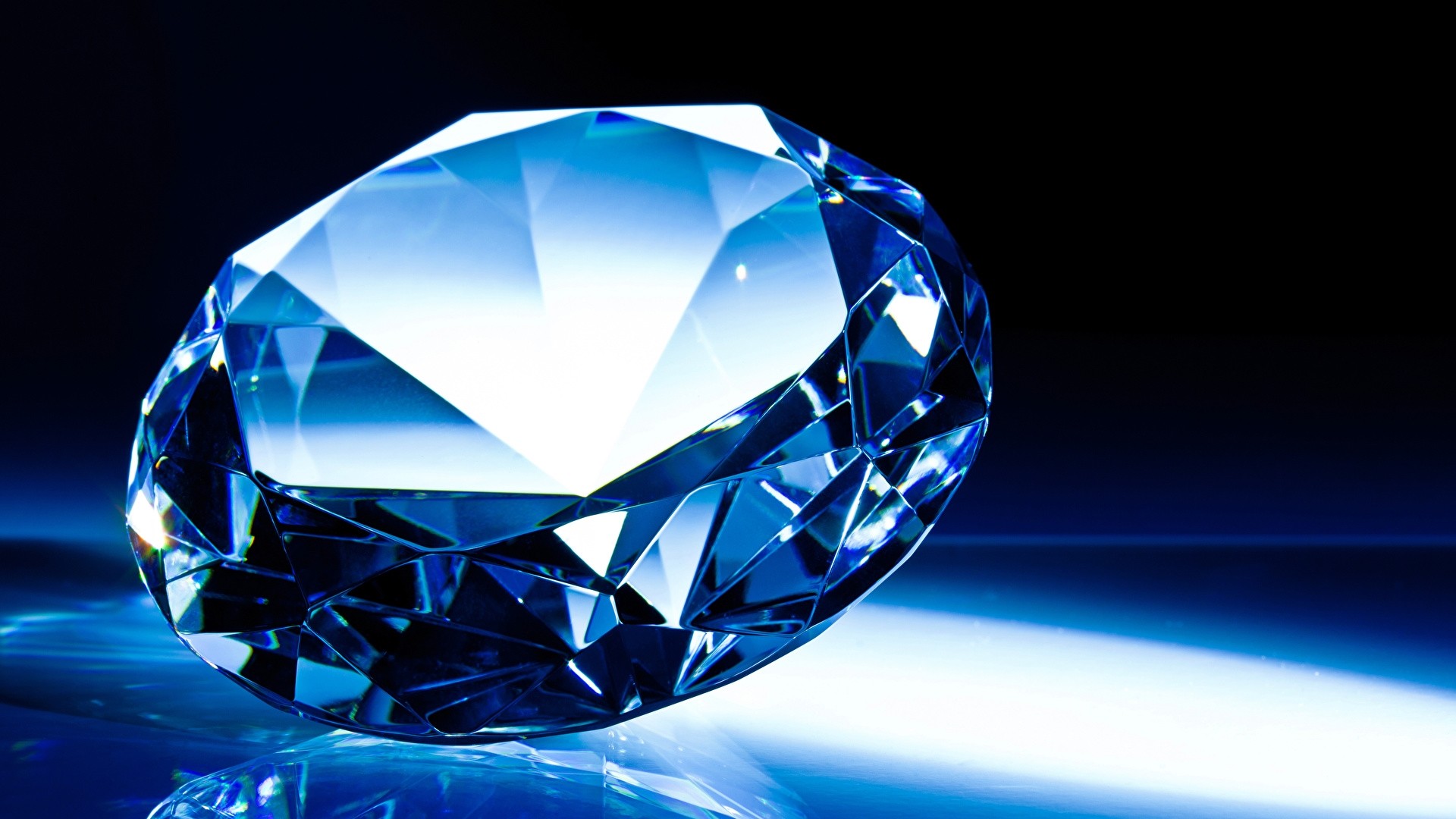In the world of fine jewelry, the debate surrounding lab-grown diamonds versus natural diamonds has gained significant traction. As consumers become increasingly aware of the ethical, environmental, and financial implications of their purchases, lab-grown diamonds have emerged as a compelling alternative. This article delves into the various facets that make are lab diamonds better an appealing choice, exploring their benefits, qualities, and the reasons why they may indeed be better than their natural counterparts.
Understanding Lab-Grown Diamonds
Lab-grown diamonds, also known as synthetic diamonds or man-made diamonds, are created in controlled environments using advanced technological processes. These diamonds possess the same physical and chemical properties as natural diamonds, ensuring they are virtually indistinguishable from their mined equivalents. Lab diamonds are produced through two primary methods: High Pressure High Temperature (HPHT) and Chemical Vapor Deposition (CVD). Both methods replicate the natural diamond formation process, resulting in stunning stones that are both beautiful and durable.
The Ethical Advantage
One of the most compelling reasons to consider lab diamonds is the ethical standpoint. Traditional diamond mining is often associated with environmental degradation, human rights abuses, and conflict financing. In contrast, lab-grown diamonds are produced without the ethical dilemmas that can accompany natural diamond sourcing. By choosing lab diamonds, consumers can align their purchasing decisions with their values, ensuring that their engagement rings and other jewelry are not contributing to unethical practices.
Environmental Impact
The environmental footprint of lab-grown diamonds is significantly lower than that of mined diamonds. Diamond mining operations are notorious for their destructive impact on the environment, leading to habitat destruction, soil erosion, and water contamination. Lab diamonds, on the other hand, require considerably less land and resources. They are created in a controlled setting, minimizing their impact on the planet. For eco-conscious consumers, this makes lab diamonds an environmentally responsible choice.
Cost Efficiency
When it comes to cost, lab-grown diamonds offer remarkable advantages. They typically cost 20% to 40% less than natural diamonds of comparable size and quality. This price difference allows consumers to invest in larger stones or higher-quality options without breaking the bank. For couples looking to maximize their budget while still obtaining a stunning engagement ring, lab diamonds present an attractive solution.
Quality and Variety
Lab diamonds are available in a wide range of shapes, sizes, and qualities. With advances in technology, the clarity, color, and cut of lab diamonds can often surpass that of mined diamonds. Additionally, the consistency in quality means that consumers can shop with confidence, knowing that the diamond they choose will meet their expectations. Whether opting for a classic round brilliant or a trendy cushion cut, lab diamonds provide an extensive selection for discerning buyers.
The Resale Value Debate
A common concern regarding lab-grown diamonds is their resale value. While it is true that natural diamonds have traditionally held their value better in the resale market, the growing acceptance and popularity of lab diamonds are changing this landscape. As consumer demand increases and more retailers begin to offer lab-grown options, their resale potential is expected to rise. Additionally, many buyers are purchasing diamonds for personal use rather than investment, making the initial purchase price more relevant than resale value.
A Personal Touch: Customization
Lab diamonds offer greater customization opportunities compared to natural diamonds. Many retailers allow consumers to tailor their diamond’s characteristics, including shape, size, and setting. This level of personalization enables couples to create unique, one-of-a-kind pieces that reflect their individual styles and preferences. The ability to craft a custom engagement ring or piece of jewelry ensures that every lab diamond carries a personal story and significance.
The Science Behind Lab Diamonds
Lab-grown diamonds are a testament to human ingenuity and technological advancement. By mimicking the conditions under which natural diamonds form, scientists can produce diamonds that are identical in every way. This scientific achievement not only validates the quality of lab diamonds but also provides consumers with the assurance that they are purchasing a product of remarkable craftsmanship.
Public Perception and Acceptance
As awareness of lab diamonds continues to grow, public perception is evolving. Increasingly, consumers view lab diamonds as a legitimate and desirable option. Major retailers are expanding their selections to include lab-grown stones, reflecting a shift in consumer preferences. This acceptance is bolstered by educational efforts that highlight the benefits of lab diamonds, making them a mainstream choice for engagement rings and other fine jewelry.
The Future of Diamonds
The future of diamonds appears bright for both lab-grown and natural options. However, as technology continues to advance and consumer values shift towards sustainability and ethics, lab diamonds are poised to take a more prominent role in the jewelry market. The combination of quality, affordability, and ethical considerations positions lab diamonds as a compelling choice for modern consumers.
Conclusion: Lab Diamonds vs. Natural Diamonds
In conclusion, the question of whether lab diamonds are better than natural diamonds hinges on individual preferences and values. For those prioritizing ethics, environmental impact, and affordability, lab grown diamonds present a superior option. Their remarkable qualities, customization potential, and growing acceptance in the market further solidify their appeal. As we continue to navigate a changing landscape in the jewelry industry, lab diamonds are not just an alternative; they represent the future of fine jewelry.





